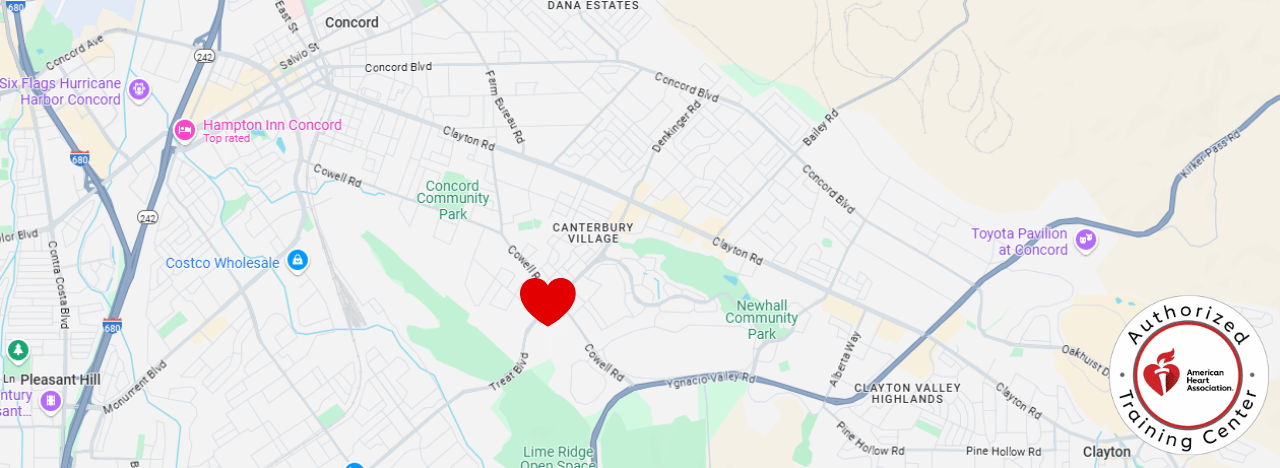
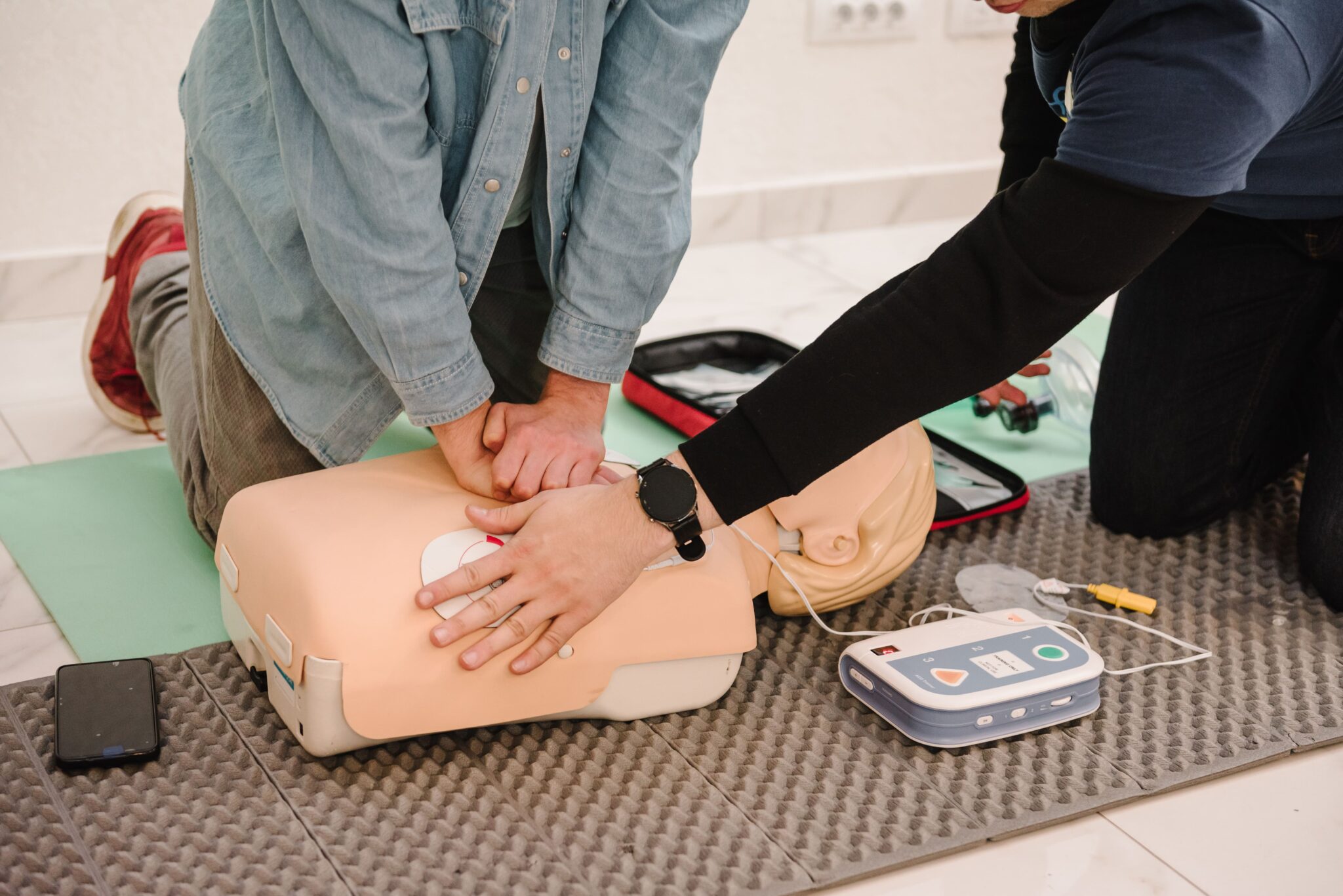
Price: Lowest prices in Concord. Guaranteed.
Convenience: 60+ CPR testing sites. Classes offered daily.
Trust: Founded 1989. AHA Training Center
Nestled in the heart of Contra Costa County, Concord boasts a vibrant, tightly-knit community known for its resilience and care for one another. This city is more than just a hub of activity; it’s a place where neighbors invest in each other’s well-being. By learning BLS here, you’re not just acquiring critical life-saving skills, but also becoming part of a community dedicated to safety and support. With accessible training options and a strong emphasis on preparedness, Concord provides the perfect environment to empower yourself and contribute to making the city an even safer place for everyone.
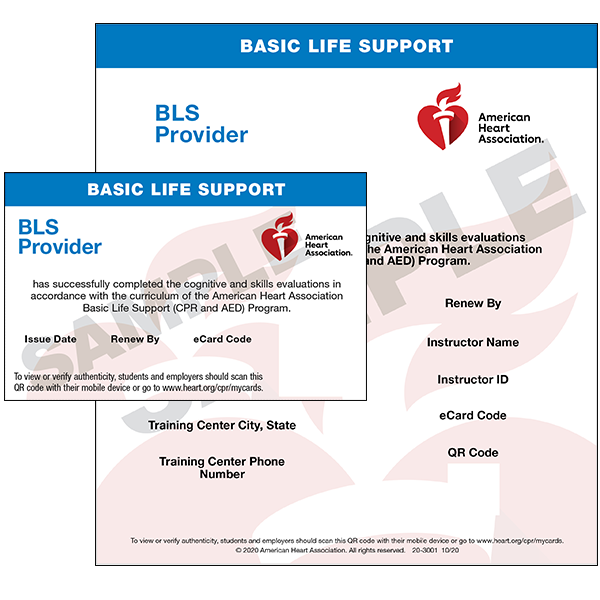
Basic Life Support
Online Course: 1-2 hours
Skills Testing: 30 minutes
100% Pass Rate Guaranteed
Lowest Prices In California
Receive Card On Class Day
Thousands of 5 Star Reviews
CE Credits to CA Dentists
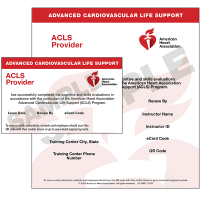
Advanced Cardiac Life Support
Online Course: 2-3 hours
Skills Testing: 30 minutes
100% Pass Rate Guaranteed
Lowest Prices In California
Receive Card On Class Day
Thousands of 5 Star Reviews
Some Professions: 2-3 CEU
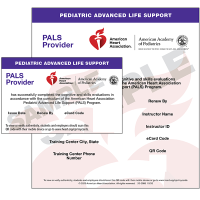
Pediatric Advanced Life Support
Online Course: 2-3 hours
Skills Testing: 30 minutes
100% Pass Rate Guaranteed
Lowest Prices In California
Receive Card On Class Day
Thousands of 5 Star Reviews
Some Professions: 3.75-5 CEU
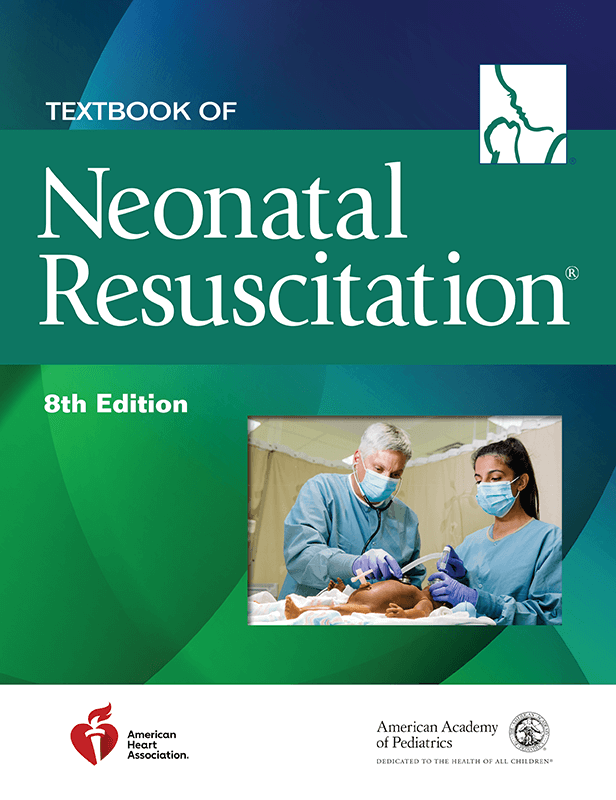
Neonatal Resuscitation Program
Online Course: 2-3 hours
Skills Testing: 3 hours
100% Pass Rate Guaranteed
Lowest Prices In California
Receive Card On Class Day
Thousands of 5 Star Reviews
Some Professions: 4 CEU
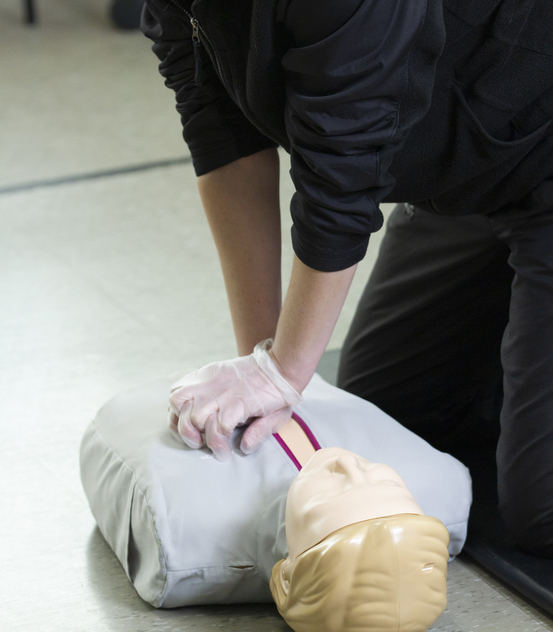
Audience: General public
Topics: CPR for all age groups, AED use, bleeding, epi-pen, etc
Online Session: 1 Hour
Skills Testing: 30 minutes
Card: Safety Training Seminars
Certification: Valid 2 years
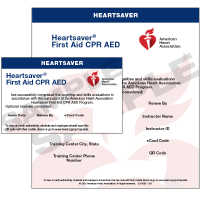
Audience: General public
Topics: CPR for all age groups, AED use, bleeding, epi-pen, etc
AHA Online Course: 1-2 Hours
Skills Testing: 30-45 minutes
Card: American Heart Association
Certification: Valid 2 years
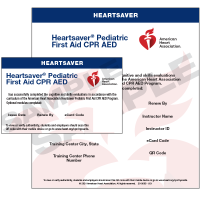
Audience: CA childcare providers
Topics: CPR for all age groups, AED use, bleeding, epi-pen, etc
AHA Online Course: 1-2 Hours
Skills Testing: 30-45 minutes
Card: American Heart Association
Certification: Valid 2 years

Audience: Childcare providers
Topics: Lead poisoning, nutrition, infectious disease,etc
Zoom Course: 8 Hrs (state law)
Skills Testing: 30-45 minutes
Card: EMSA Health & Safety
Certification: No expiration
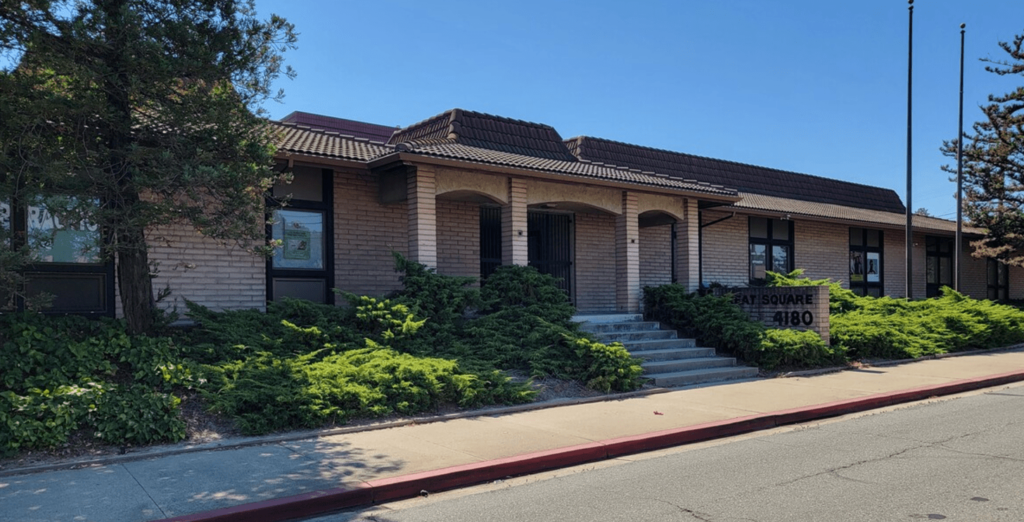
4180 Treat Blvd, Suite A2
Concord, CA 94518
(925) 691-9780
Opening Hours:
Monday: 8 am – 10 pm
Tuesday: 8 am – 10 pm
Wednesday: 8 am – 10 pm
Thursday: 8 am – 10 pm
Friday: 8 am – 10 pm
Saturday: 8 am – 10 pm
Sunday: 8 am – 10 pm

We’re thrilled you chose our American Heart Association training in Concord! If you found value in your experience, we’d be so grateful if you could take a moment to leave us a review on Google, Yelp, or Facebook.
As a women-owned small business rooted in Concord, your feedback helps strengthen our connection with the community. Positive reviews make it easier for neighbors to discover our services and ensure we can continue offering life-saving training to those who need it most.
Many of our students hear about us from fellow Concord residents—nurses, teachers, parents, and other professionals who have completed our courses. Your review doesn’t just help our business; it also guides others toward gaining skills that can save lives.
Thank you for supporting us and helping improve access to vital training in our local community! We truly value your honest feedback.
EXCELLENTTrustindex verifies that the original source of the review is Google. I really appreciated the instruction and feedback provided by the trainers during the BLS class, earning me comprehensive and coveted BLS certification that I'm confident will serve me well in any emergency situation.Trustindex verifies that the original source of the review is Google. I was really impressed with the BLS class I took at Safety Training Seminars, which not only effectively trained me in life-saving skills but also gave me reassurance in earning my BLS certification.Trustindex verifies that the original source of the review is Google. Class was excellent! Easy instructions, clean equipment and facility. Thank you!Trustindex verifies that the original source of the review is Google. I recently completed the BLS Class at Safety Training Seminars and left feeling highly confident in my ability to respond to emergency situations with the knowledge and skills I gained. Quick, easy, and seamless course.Trustindex verifies that the original source of the review is Google. I recently attended Safety Training Seminars for BLS certification and was very impressed with the experience, the instructor provided clear and concise instructions that made the material easy to understand, making me feel confident and prepared for my certification exam.Trustindex verifies that the original source of the review is Google. Good place, good manikins, and the online courses for ACLS/PALS are really helpful! Highly recommend!Trustindex verifies that the original source of the review is Google. I’ve taken my CPR/First Aid/EMSA/BLS certification training at Safety Training Seminars for many years. This is a top notch organization!! I know I can count on the instructors at Safety Training Seminars to expertly guide me through the CPR and First-aid class, providing clear instructions and hands-on training to ensure I receive the highest quality of education, ultimately resulting in a well-rounded understanding of lifesaving techniques necessary for BLS and EMSA certification. In prior years, I attended classes in person. I was a bit hesitant to take the hands-on portion in a virtual classroom this year. Happily, it was just as helpful and easy to navigate as the in-person was!! Georgia, an actual live trainer on Skype, was fantastic! Everything was clear, smooth, and thoughtful! Thank you to the dedicated women at Safety Training Seminars!!
Safety Training Seminars in Concord offers expert-led BLS, CPR, and First-aid classes designed to equip you with essential life-saving skills. Whether you’re a healthcare professional, a teacher, or a concerned parent, these courses provide practical, hands-on training tailored to real-world emergencies. From performing high-quality CPR to using an AED or addressing injuries, each class ensures you’re prepared to act with confidence when every second counts.
Conveniently located in Concord, our training center is easily accessible for local residents and professionals. With flexible scheduling options, it’s simple to find a class that fits your busy lifestyle. Our experienced instructors create a supportive learning environment, breaking down complex techniques into easy-to-understand steps, so you leave feeling empowered and ready to make a difference.
By completing these courses, you’re not only gaining valuable skills but also contributing to a safer community. The knowledge learned here has the power to save lives, whether at work, home, or in unexpected situations. Join us at Safety Training Seminars in Concord and take an important step toward protecting those around you. We have recently moved from 5167 Clayton Road, Suite G, Concord, CA 94521